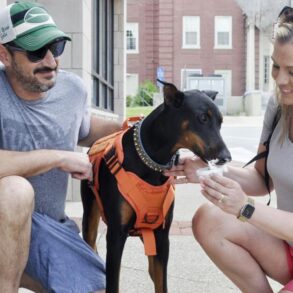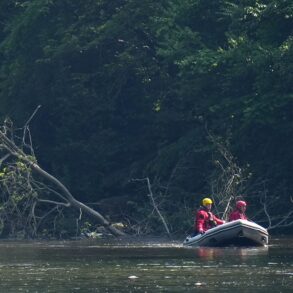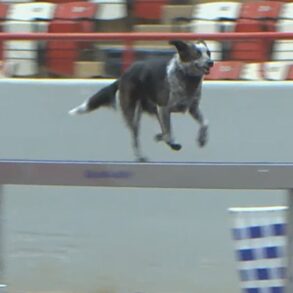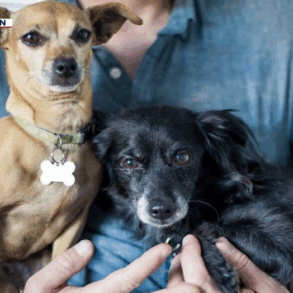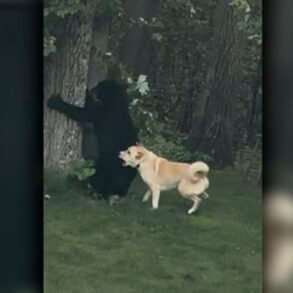So how do canines accomplish such impressive journeys? They possess a powerful combination of homing instincts and sharp senses, experts say.
Making a mental map
Dogs’ homing abilities are likely inherited from their ancestor, the gray wolf, which roamed large swaths of land across Eurasia, where dogs were first domesticated.
Like humans, “dogs seem to be able to construct mental maps of their environment,” said Zazie Todd, the author of Bark! The Science of Helping Your Anxious, Fearful, or Reactive Dog. “It’s likely that their mental map of an environment is a little different than ours, as it’s probably dominated by scents.”
Tracking, or following a scent trail, is one method dogs use to navigate and orient themselves in their surroundings. Dogs have a sense of smell 10,000 to 100,000 times greater than ours, which gives them the ability to sniff out everything from explosives to COVID-19 to diabetes. (Meet the dogs putting their noses to work saving wildlife.)
Dogs can also recognize familiar landmarks by sight, smell, and sound. Some wayward dogs likely orient themselves by recognizing the relative position of a familiar landmark to their home and their current location relative to that same landmark, says Bridget Schoville, senior director of shelter behavioral science at the ASPCA.
This post was originally published on this site be sure to check out more of their content.



























